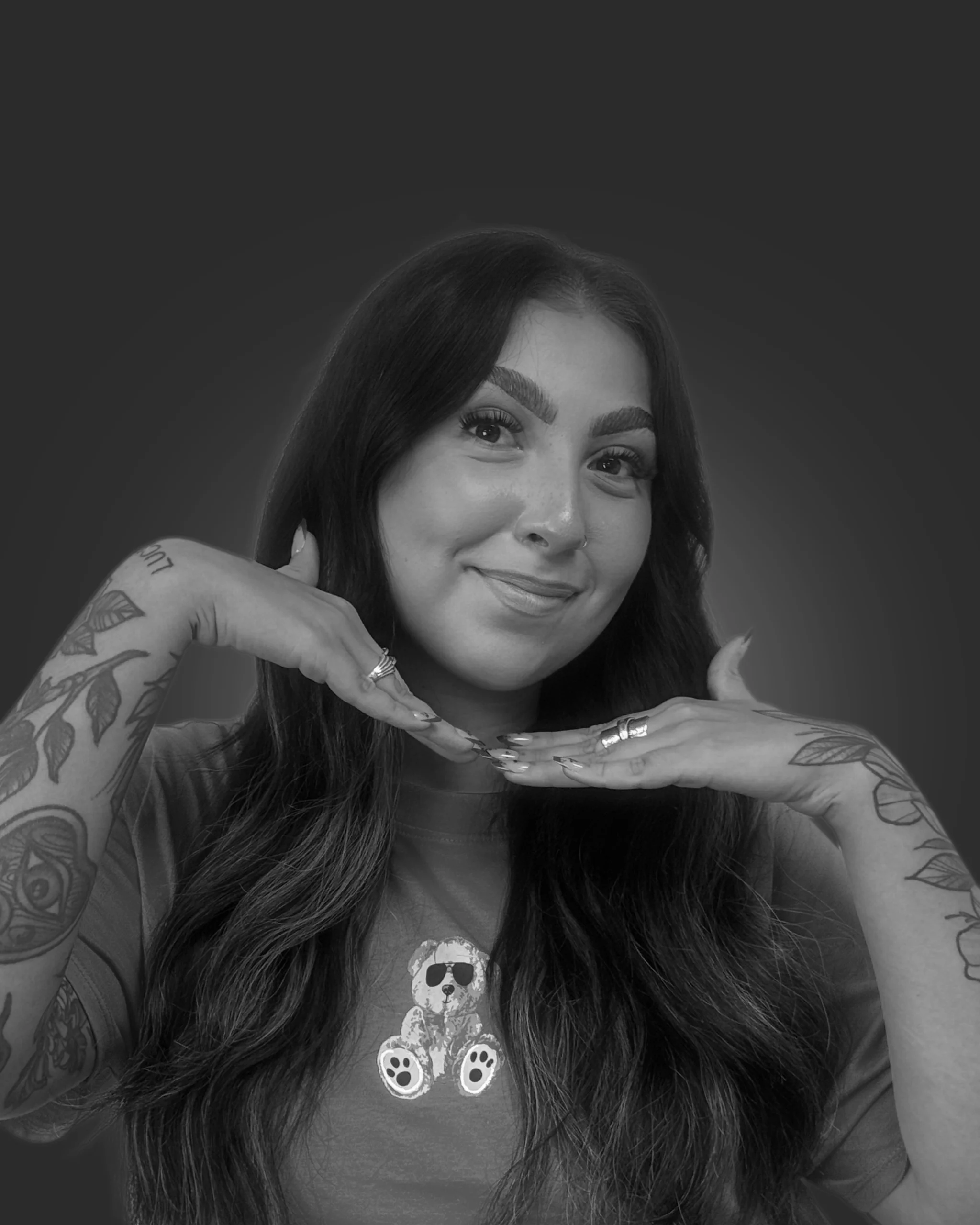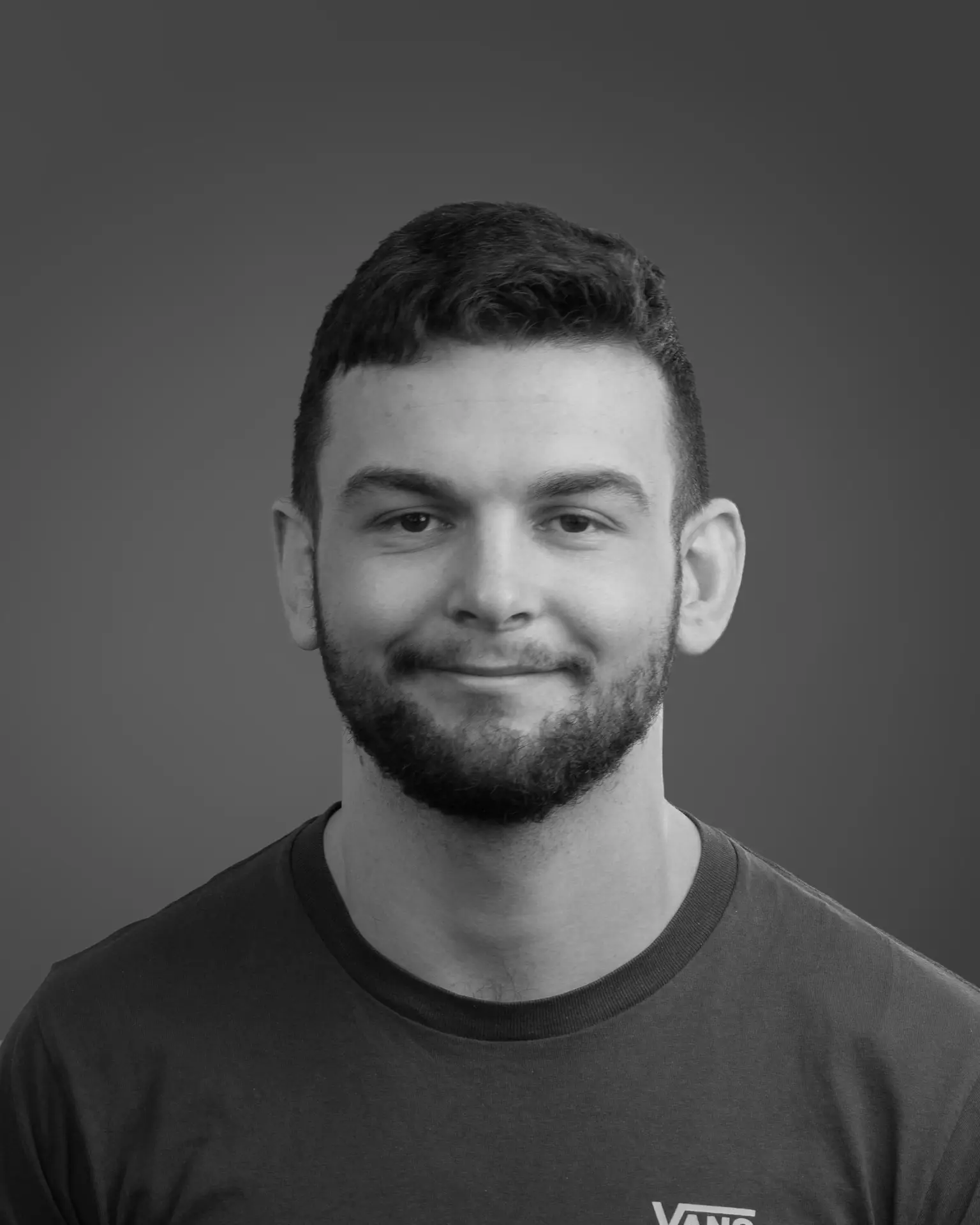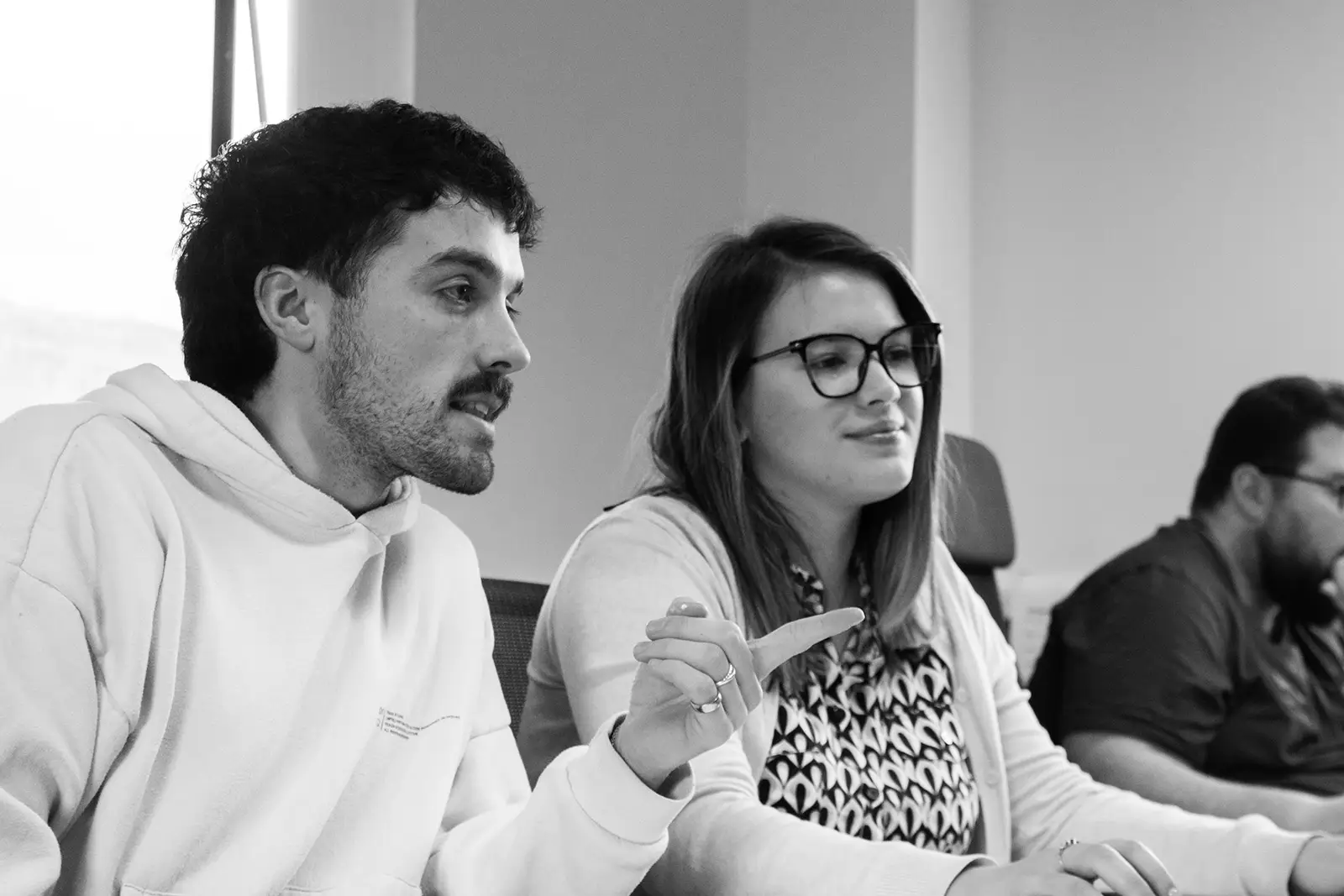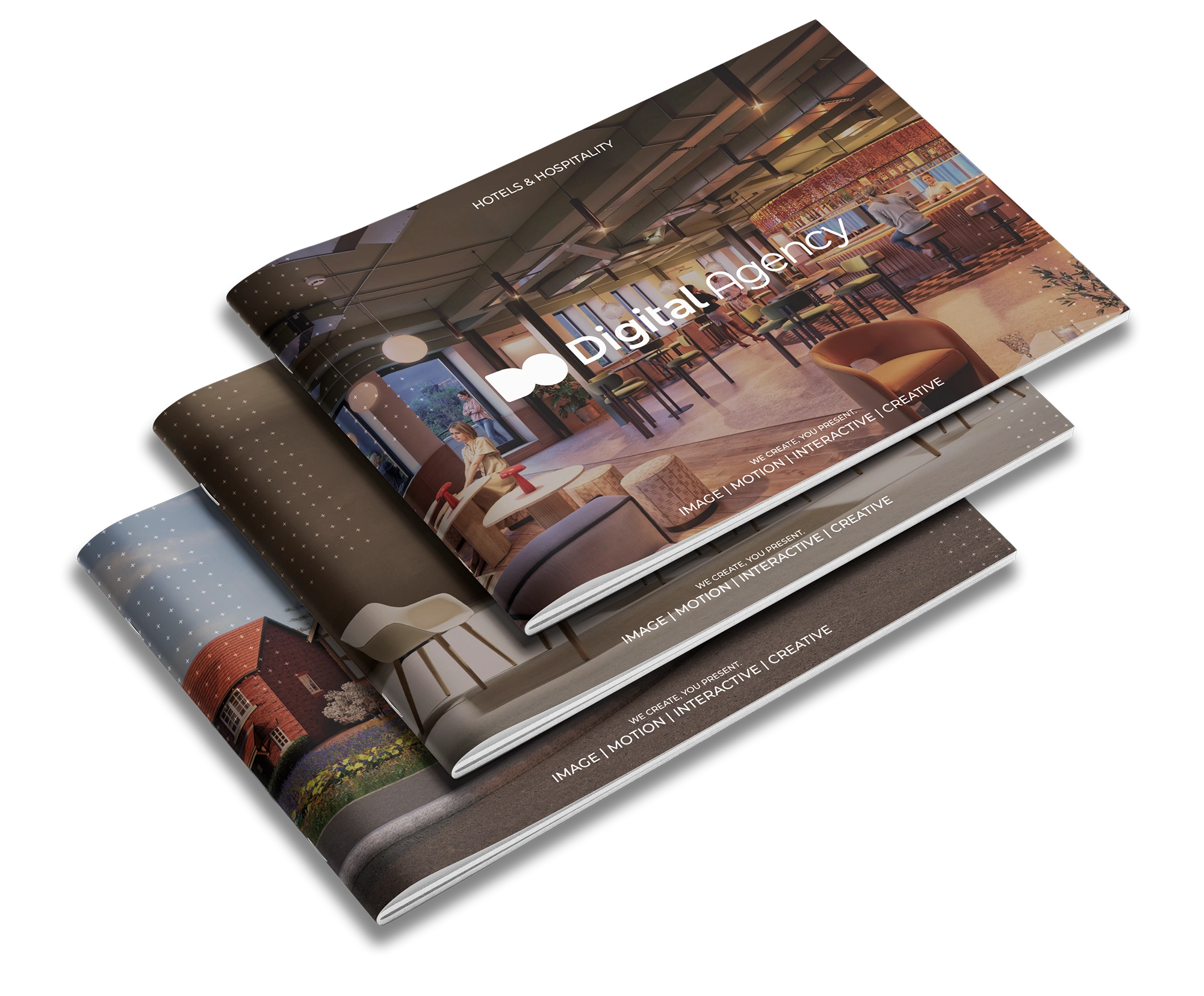
Introducing Chloe your Account Manager
Hi I’m Chloe, Hey there, I’m Chloë! I’m an Account Manager at Do Digital Agency. It’s the perfect role for me, as I get to
“Last week, I put on my website that “no AI was used in the making of these images”. I was being cheeky; however, in the last week, I signed three jobs from people thanking me for that cheeky text. They all said that they are scared to death of AI. Not that it’ll take jobs, but they fear scammers will post images that they could not have created themselves.
A big win for the OG of renderings.”
Source: LinkedIn Post

Darren Crcokett
Managing Director
But it raised an important question.
If 3D visualisation studios use AI tools, are they unknowingly exposing their clients to copyright risk? After all, AI systems are trained by scraping vast amounts of online content, much of which is copyrighted. If an AI-generated image ends up resembling someone else’s protected work, and that image is later published, could that be considered infringement?
And if our clients are at risk, doesn’t that also put us at risk?
When we create everything from scratch, no AI, no datasets, no derivative content, our work is completely unique. Ownership is clean, and the intellectual property clearly belongs to the client. That reduces uncertainty and protects everyone involved.
This topic hadn’t crossed my mind until I saw that quote above. But the more AI becomes standard in creative workflows, the more we’re all drawing from the same giant reference pool that is subject to copyright. There’s a real possibility that this could flatten originality, causing creative output to plateau and look increasingly similar over time.
So the question is:
If AI-generated images happen to resemble existing copyrighted material, does that put 3D visualisation companies in the crosshairs of copyright law?
It’s an issue our industry will need to pay attention to.
Most major AI image models are trained on enormous datasets scraped from across the internet, including copyrighted artwork, renderings, photography, and design materials. Although the outputs aren’t direct copies, they can sometimes resemble existing works closely enough to raise legal and ethical concerns. If an AI tool generates an image that unintentionally mirrors a copyrighted piece, and a studio delivers that image to a client, who then publishes it… who is responsible?
Right now, the answers are far from clear. Courts around the world are still wrestling with the implications. But one thing is certain: if a visualisation company produces work entirely from scratch, no AI training data, no derivative algorithms, no borrowed patterns- the intellectual property is clean, unique, and safely owned by the client. There’s no confusion about who created it and no hidden risk tucked inside an algorithm’s black box.
Beyond copyright, there’s a creative cost too. AI models are trained from a single giant pool of existing imagery, meaning everyone using these tools is effectively pulling ideas from the same well. As more companies adopt AI for creative work, the industry risks reaching a point where everything begins to look the same. The edges blur, originality flattens, and the visual language stagnates.
That’s the irony: the tools built to accelerate creativity may end up limiting it.
The rise of AI doesn’t mean traditional craftsmanship is obsolete, far from it. If anything, the value of authentic, human-made visualisation is increasing. Clients want certainty. They want originality. And increasingly, they want the reassurance that the work they’re investing in won’t expose them to legal trouble further down the line.
For studios like ours, this is a moment of reflection. It’s not about resisting technology for the sake of it. It’s about understanding the risks, protecting our clients, and preserving the integrity of the craft. As AI continues reshaping the creative landscape, the conversation around copyright, ownership, and originality will only grow louder.
And perhaps that little “No AI used” line is more meaningful than I realised.
As AI-generated imagery becomes more common across the design and visualisation industry, an important question arises—one that many clients have never been asked:
If your 3D visualisation studio is using AI tools, are they unknowingly exposing you to copyright risk?
Most AI image models are trained on enormous datasets scraped from across the internet, including copyrighted renderings, architectural imagery, artwork, and commercial designs. While these systems don’t copy images pixel-for-pixel, they can produce results that closely resemble existing copyrighted material. If your studio delivers an AI-generated image that unintentionally mirrors someone else’s protected work, and you publish or promote that image, you could be the one held responsible.
This becomes even more concerning when you consider that AI models are a black box. Neither you nor your supplier can easily know which sources were used to “inspire” the final output. There is no clean chain of ownership—only the hope that the algorithm didn’t echo something too closely.
By contrast, when your visualisation provider creates work entirely from scratch, every pixel is uniquely yours. The intellectual property is clear, the creative lineage is transparent, and the risk virtually disappears.
It’s worth asking the question now, before it becomes a costly conversation later.
I’d love to hear from people on all sides of this:
• Do you know whether your current 3D visualisation provider uses AI, and what that means for your copyright ownership?
• Are you confident that the images you’re paying for are fully original, legally safe, and created exclusively for your project?
• Would you like a visualisation partner who guarantees 100% human-crafted work with clear, risk-free intellectual property rights?

Darren Crcokett
Managing Director
Postal Address:
Do Digital Agency
Suite D, 2nd Floor, Castle House,
Cardiff Road, Taffs Well,
Cardiff, CF15 7RD

Hi I’m Chloe, Hey there, I’m Chloë! I’m an Account Manager at Do Digital Agency. It’s the perfect role for me, as I get to

Expert Support for Your RealTime Projects with Unreal Engine We’re here to bolster your workflow, offering support to ensure the successful delivery of Unreal Engine

3 Ways of Educating Customers: Our Digital Agency’s Approach
We use cookies to give you the best experience. Cookie Policy



